ASH Issues New Guidelines for Older AML Patients
By Adam Hochron
December 1, 2020
The American Society for Hematology issued new guidelines on treating older patients with acute myeloid leukemia (AML). The guidelines cover a wide range of topics, including the need for blood transfusions in hospice patients and how to safely proceed with cancer treatment.
In a press release regarding the new guidelines, the association noted that the median age for AML diagnosis is 68, and that a patient diagnosed at 75 has a life expectancy “measured in just months.” With the baby boomer generation getting older, the group said, “evidence-based recommendations for the optimal treatment of older adults with AML take on greater urgency and importance.” The guidelines were published in Blood Advances.”
Depending on a patient’s condition, the guidelines recommend chemotherapy over supportive care and more intensive therapy when it can be tolerated.
“These guidelines take providers through the conversations they have with newly diagnosed patients, almost in real-time,” said Mikkael Sekeres, MD, of the Cleveland Clinic Taussig Cancer Institute, who served as chair of the guideline panel. “A discussion between patient and physician is instrumental to creating a personalized treatment plan, and these guidelines are unique in that they keep a patient’s goals and wishes front and center in that conversation.”
They noted that there are limited options and a high risk of comorbidities for the treatment options available, making decisions about what direction to go in that much more complicated for patients and providers alike. In addition, the release notes that many hospice organizations do not let patients receive blood transfusions, “often for economic reasons.”
“For AML patients in end-of-life and hospice care, the guidelines recommend that blood transfusions should be considered standard supportive care, as they can address palliative needs related to breathlessness, bleeding, and profound fatigue, as well as improve overall quality of life,” the release said.
The guidelines are part of a much larger effort by the group covering a range of hematologic conditions. More information about these guidelines is expected to be released in the near future.








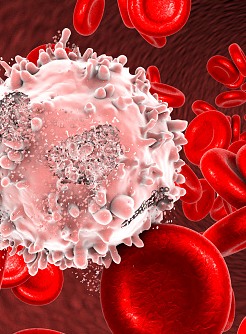
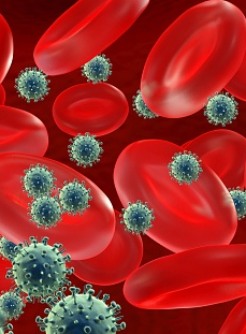



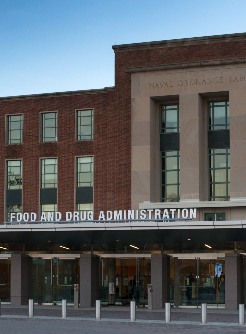

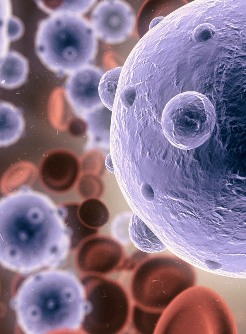
.jpg)





.jpg)



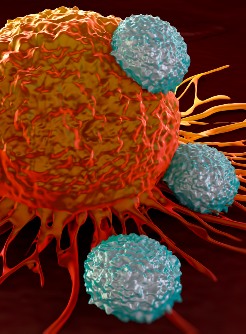


.jpg)
.jpg)
.jpg)
.jpg)
.jpg)
.jpg)
.jpg)

.jpg)
.jpg)